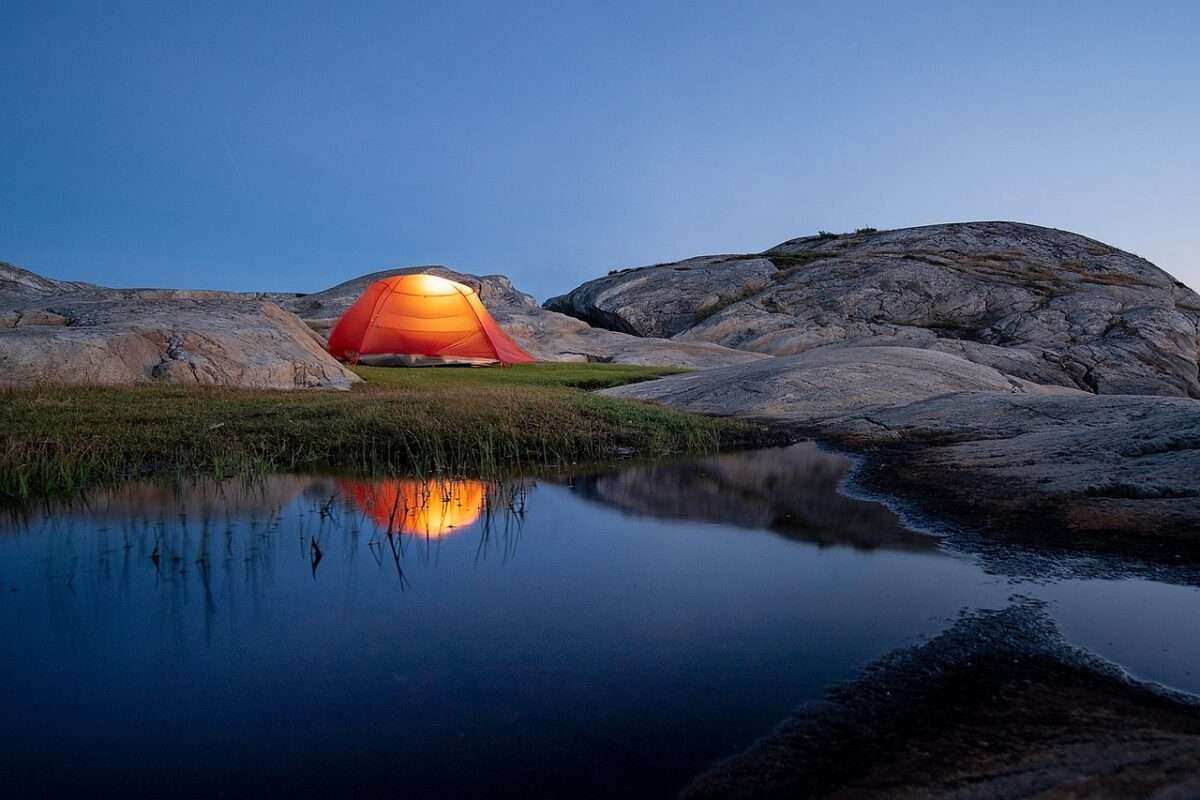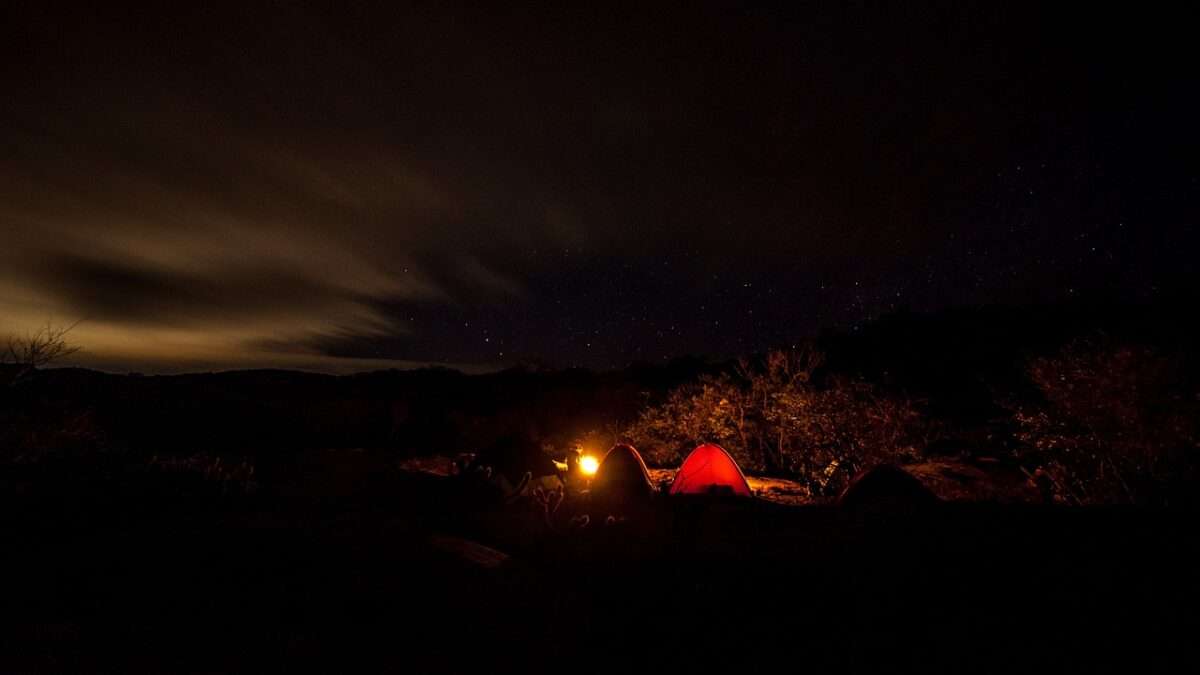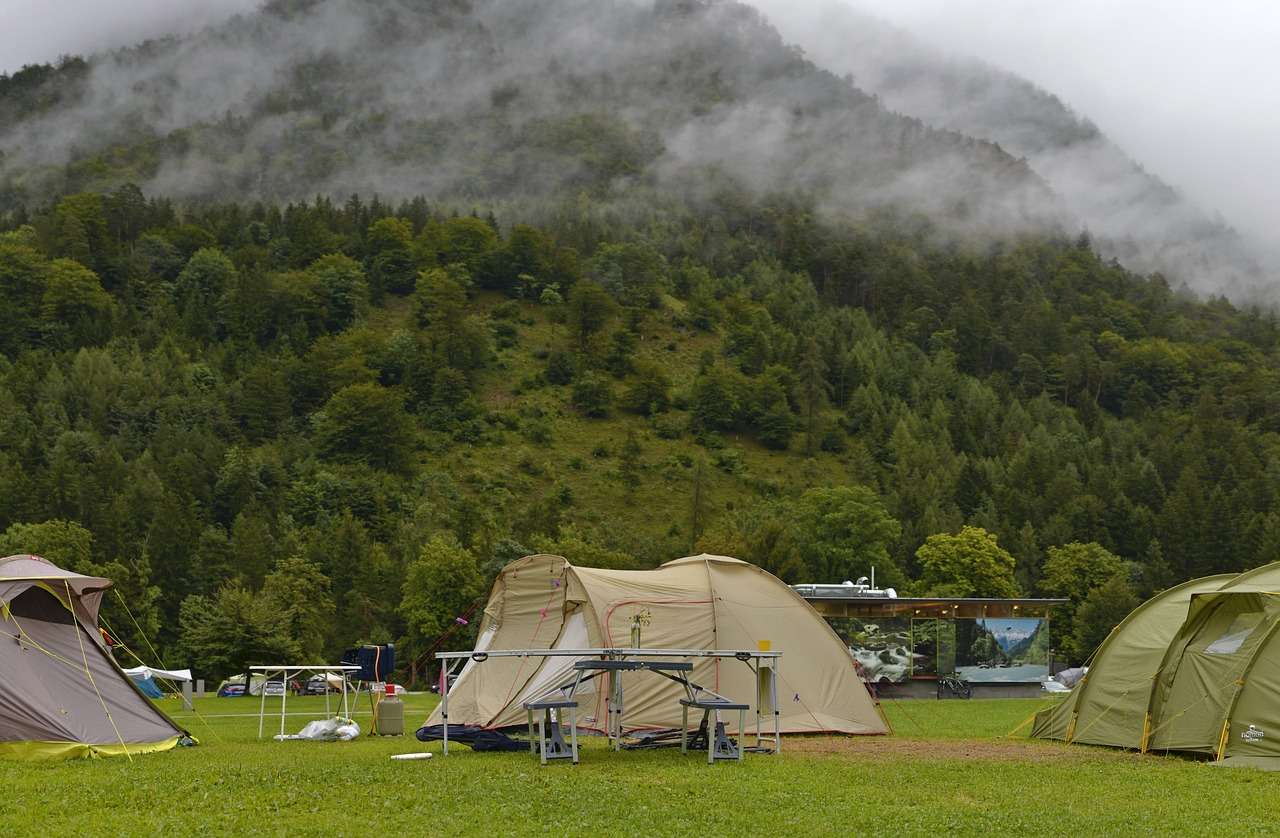Walk-in tent camping is a unique blend of serene wilderness and crafted experiences that cut through the noise of civilization and immerse you in nature’s heart. In this guide, we delve into the world of walk-in camping, addressing every question and shining a light on this adventurous prospect.
Types of Walk-In Campsites
Broadly, walk-in tent campsites are categorized based on their distance and level of difficulty. The short-haul sites are perfect for beginners or those looking for a leisurely escape. They’re just a few steps away from your vehicle but still secluded enough to offer a refreshing solitude. On the other side, long-haul sites are set further into the wilderness and are often the preferred choice of experienced campers. Reaching these sites requires a longer hike, with the remoteness translating into an unparalleled calm.
What Is Walk-In Tent Camping?
Walk-in tent camping is the subtler cousin of the showy RV or drive-up camping. Instead of driving to your camping spot, this method encourages you to leave your vehicle at a designated spot and walk or hike to your campsite. The distance can range anywhere from a few hundred meters to a kilometer or two. The end goal isn’t itinerant luxury, but instead an authentic experience nestled in nature, often with underlying benefits of quietness, privacy, and more expansive spots.

Why Choose Walk-in Tent Camping?
Enthusiasts often question, why go the extra mile – quite literally? Why not choose the obvious comfort of RVs or the convenience of car camping? The answer lies mainly in the kind of experience you seek. Walk-in tent camping lets you untangle from the urban clutter, marking a difference from the crowd. Offering a sense of adventure without shutting down basic amenities, it’s that perfect blend for someone seeking an immersive yet convenient venture into the great outdoors.
Selecting the Perfect Walk-In Tent Campsite
Before you pack your bags, scouting for the perfect campsite is crucial to tailor your camping trip to your own needs. Do you prefer to be beside the calming trills of a flowing river, or perhaps nestled amongst towering trees? Do you wish to be closer to the amenities, or are you game for a more rugged experience?
Consider these aspects while choosing your walk-in campsite:
- Location: Accessibility matters. Are you up for a challenging hike or do you prefer a light stroll away from your car?
- Facilities: Basic amenities such as bathrooms, fresh water, and dumpsters are significant if you plan on an extended stay.
- Environment: Is your campsite next to a river that may flood? Is it on a sturdy ground, or is the terrain unstable?
- Weather: A weather check is a must! What if the area is known for sudden showers or a prevalent mist that might dampen your camping enthusiasm?
Once you’ve decided on your perfect campsite, it’s time to pack up. But before that, remember to book your spot if the site practices a reservation system.
Walk-In Campsite Regulations & Fees
Different campsites will have varied rules and regulations. Some might require prior reservation while others operate on a first-come-first-serve basis. Fees may also differ depending on location, site facilities, and the time of the year. Make sure you’re up-to-date with required payments to avoid mishaps.
Crucial rules often involve fire safety, waste management, and respecting the tranquility of the area. It’s crucial for campers to understand and abide by these rules, as they help maintain the site’s natural beauty and ensure an enjoyable stay for everyone.

Terrain and Weather
The thrill of walk-in camping isn’t without its share of risks. A crucial part of trip planning involves knowing the terrain and potential weather conditions.
Poor weather can ruin a camping trip, so always inquire about the forecast for your camping duration. Consider the time of the year and climate of the region. Anticipate any seasonal weather conditions, such as heavy rain, snow, or high temperature, and prepare accordingly.
Understanding the terrain of your selected campsite is crucial. From setting up your tent to finding the safest way to reach it, terrain plays a big role. It helps in choosing the right camping gear, planning the route, and ensuring safety.
Essential Gear for Walk-In Tent Camping
Preparing for a walk-in camping trip involves more than just packing a tent and a sleeping bag. Scrupulously planning your gear needs can save you from various unfavorable situations. Here’s a list for you to consider:
- A comfortable backpack is of utmost importance due to the walk or hike involved.
- A sturdy and lightweight tent.
- Redundant light sources.
- A portable stove and cookware.
- First-aid kit and personal medications.
- Navigation tools, compass, and maps.
- Sufficient food and water.
- A multi-tool can be extremely helpful.
- Weather-appropriate clothing.
- Hygiene supplies and toiletries.
Plan carefully, but don’t overpack to avoid carrying unnecessary weight.
Packing Tips & Techniques
Successful packing is an art. Compressible baggage items, such as sleeping bags and clothing, should be packed first at the bottom. Heavy items, like food, and cooking gear, should be placed towards the backpack’s center to maintain an optimal center of gravity. Frequently needed objects, like waterproof shells, hats, maps, compasses, and snacks, should be packed at the top or inside pockets for easy access.

Safety Precautions for Walk-In Tent Camping
Safety should be your prime priority. Adequate knowledge against potential wildlife encounters, keeping emergency contacts handy, respecting campfire regulations, and leaving no trace are necessary practices for a responsible camper.
Ensure someone knows your whereabouts, the expected timeframe of your journey, and contact authorities if you extend your stay.
Walk-In Tent Camping with Kids & Pets
Walk-in camping can be an enriching experience for children and pets. Make sure to include kid-friendly food, and games, and keep a close watch on them to avoid injuries. For pets, check the site’s pet regulations, pack enough pet food, leashes, and waste bags, consider a portable water dish, and ensure they’re protected against temperature extremes.
What does walk-in mean at a campsite?
A walk-in campsite is one that is not directly accessible by car. You park your car in a designated area and then you must walk a certain distance to reach the actual campsite itself. These sites are usually a bit more secluded and offer a more authentic camping experience away from the crowded campground or car noise. The walking distance from your car to the campsite can vary, with some being only a short walk, while others may require a hike.

FAQs about Walk-in Tent Camping
What is the meaning of walk-up only?
A “walk-up only” campsite is usually a site that operates on a first-come-first-served basis, meaning these campsites can’t be reserved in advance. Campers can only claim a campsite by physically showing up, or “walking up” and booking if the spot is available.
What is a tent campsite?
A tent campsite is a designated area within a campground that is set up specifically for campers to pitch their tents and base their camping outing. These sites often have basic amenities such as a flat area for your tent, a fire ring, and a picnic table. Sites can vary in size and privacy depending on the campground.
Is tent camping safe?
Tent camping is generally a safe activity, especially if you follow important safety precautions. These can include choosing a safe and well-marked campsite, being aware and prepared for local wildlife, properly extinguishing campfires, and having emergency equipment on hand. It’s also highly recommended to keep others informed of your camping plans, including the location of your campsite, how long you plan to stay, and when you aim to return.
Walk-in tent camping is about seeking thrill and tranquility simultaneously. It weaves together stories written under the galaxies, days spent exploring the unadulterated wilderness, and nights lulled by the raw melody of the woods. It’s about embracing the call of the wild – one step at a time!
So, wherever your adventurous spirit urges you to go, there’s probably a trail, a walk-in tent campsite waiting to share its space under the stars with you. The best tales are written amidst nature. Why not script yours with walk-in tent camping?

Leave a Reply
You must be logged in to post a comment.